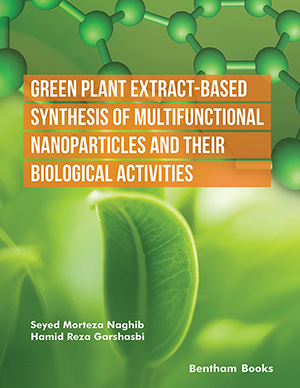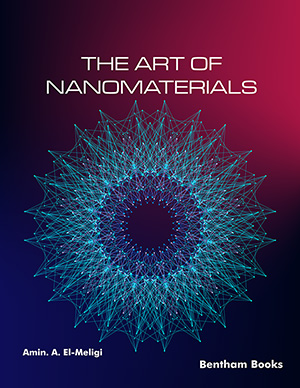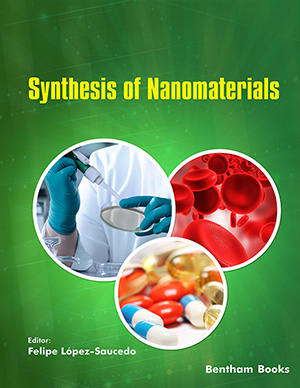Abstract
The emerging properties of noble metal nanoparticles (NPs) are attracting
huge interest from the translational scientific community and have led to an
unprecedented expansion of research and exploration of applications in biotechnology
and biomedicine. An array of physical, chemical and biological methods has been used
to synthesize nanomaterials. In order to synthesize noble metal NPs of particular shapes
and sizes, specific methodologies have been formulated. Although ultraviolet
irradiation, aerosol technologies, lithography, laser ablation, ultrasonic fields, and
photochemical reduction techniques have been used successfully to produce NPs, they
remain expensive and involve hazardous chemicals. Therefore, there is a growing
concern about developing environment-friendly and sustainable methods. Since the
synthesis of nanoparticles of different compositions, sizes, shapes and controlled
dispersity is an important aspect of nanotechnology, new cost-effective procedures are
being developed. Microbial synthesis of NPs is a green chemistry approach that
interconnects nanotechnology and microbial biotechnology. Biosynthesis of gold,
silver, gold–silver alloy, selenium, tellurium, platinum, palladium, silica, titania,
zirconia, quantum dots, magnetite, and uraninite nanoparticles by bacteria,
actinomycetes, fungi, yeasts, and viruses have been reported. However, despite
stability, biological NPs are not monodispersed, and the rate of synthesis is slow. To
overcome these problems, several factors, such as microbial cultivation methods and
extraction techniques, have to be optimized, and the combinatorial approach, such as
photobiological methods, may be used. Cellular, biochemical and molecular
mechanisms that mediate the synthesis of biological NPs should be studied in detail to
increase the rate of synthesis and improve the properties of NPs.
Keywords: Nanoparticles, NMPS, Nanotechnology, Nanoparticles synthesis.




















